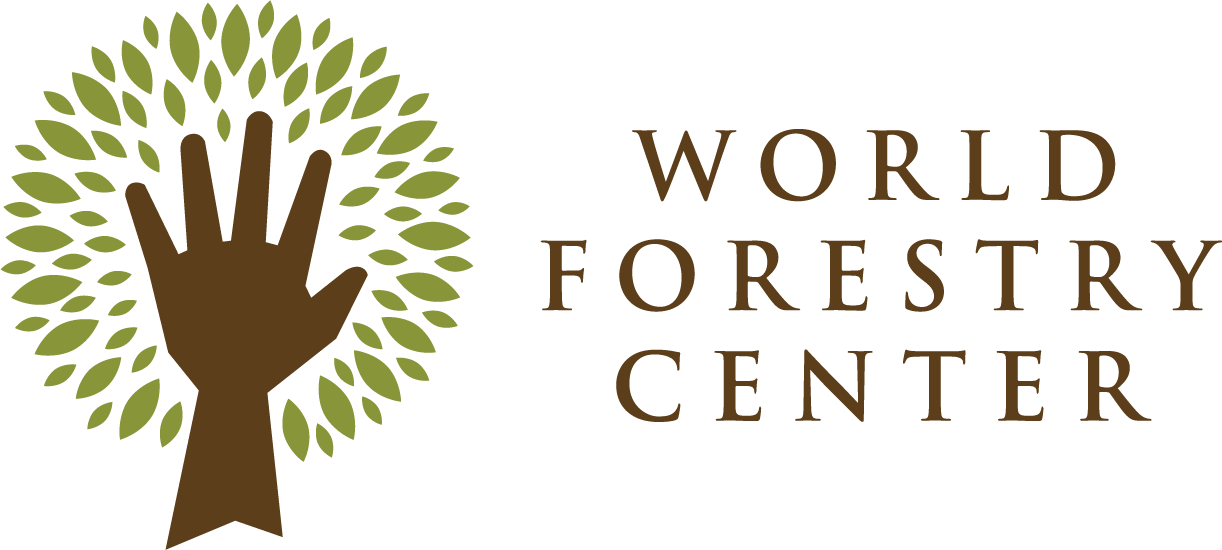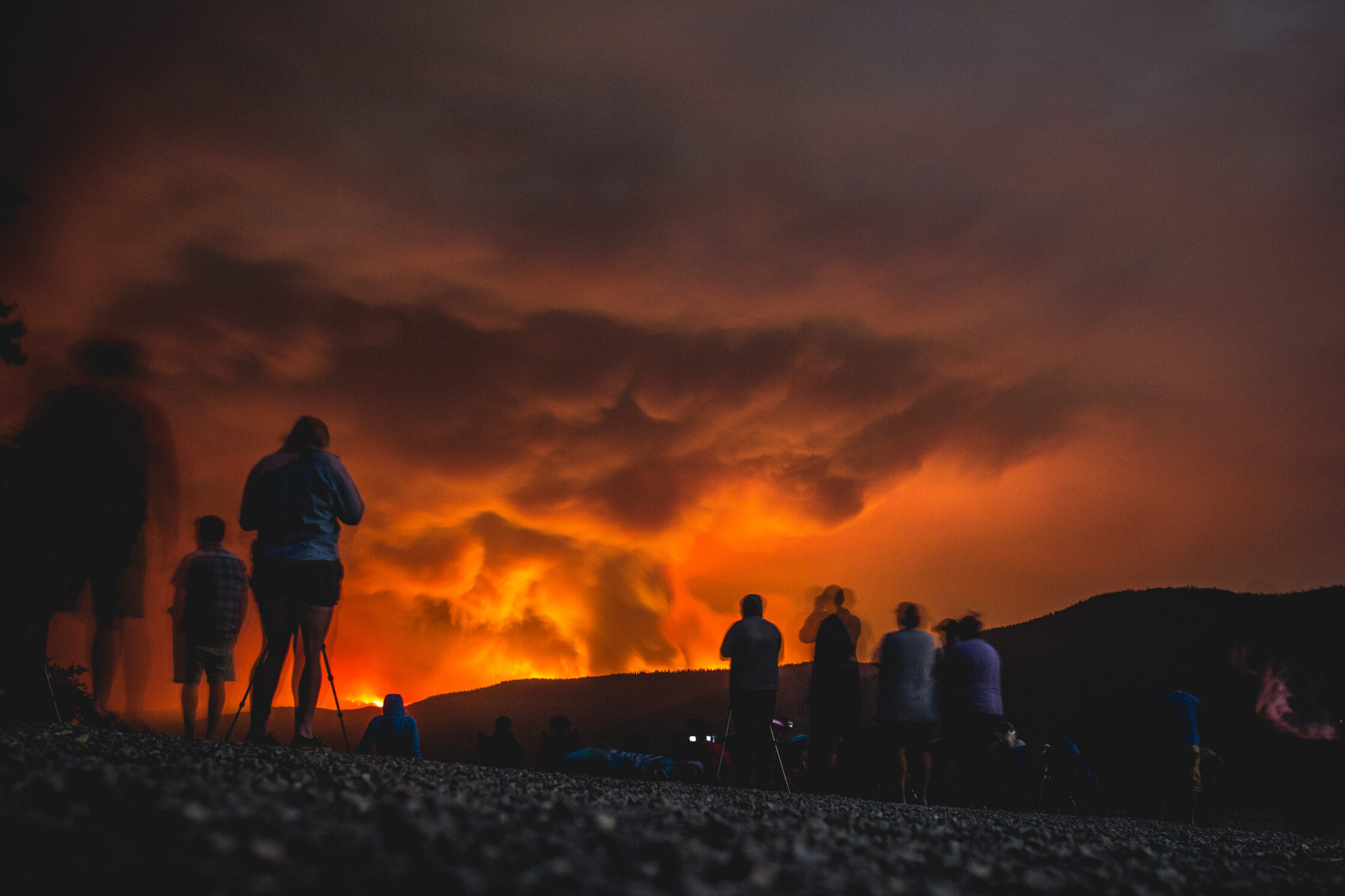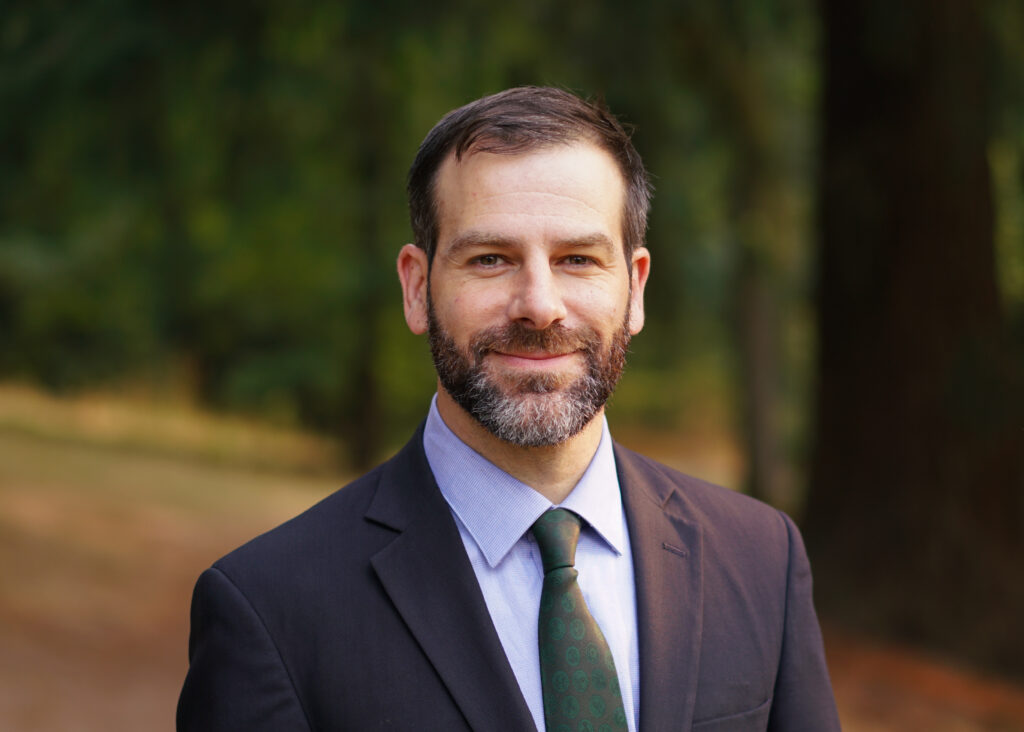In late 2022, a study published in the journal Environmental Pollution showed that the 2020 wildfire season in California emitted more greenhouse gases than 18 years of carbon-reduction efforts in that state. Twice over. In other words, a single wildfire season erased nearly two decades of effort by the state most aggressively seeking to address climate change.
Technology advancements and emissions reductions are exciting (indeed, most of California’s carbon reductions have come from the energy sector), but statistics like this one prove that natural climate solutions warrant greater attention and investment.
Our forests are a central part of addressing climate change through the sequestration of carbon. But, just as importantly, if managed poorly, our forests can be a major contributor to climate change.
The good news? We know how to properly manage our forests. We just lack the public will to do so. This is why we, at World Forestry Center, are so committed to our mission. Through initiatives like our recent series on Wildfire and Public Health and our relaunched Fellows program, we are focused on making forests and their management a social priority.
In March, the Intergovernmental Panel on Climate Change (IPCC) released its latest report, and it makes it clear that climate change is this generation’s existential crisis and aggressive action is essential to corral its impacts.
The IPCC says that the actions taken during this decade will “largely determine” what happens for centuries to come. The report is sobering, but it is also hopeful. It shows that there is a pathway to a more climate-resilient future if we act aggressively. And, whether you’re concerned about sequestering carbon or reducing carbon emissions, forests are central to making that future possible.


